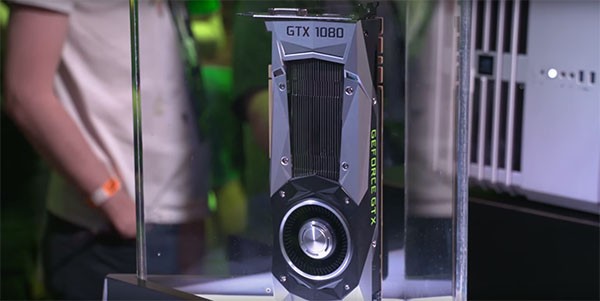Recent reports indicate that the NVIDIA GeForce GTX 1080 SLI cards can run exciting 4K games at 100 FPS. However, due to high-demand they are currently out of stock and are expected to be back on the shelves soon.
The NVIDIA GeForce GTX 1080 card was recently benchmarked and it was found that it can easily run 4K games at 60 FPS without a hitch, according to Techpowerup. However, in some cases the cards were even able to perform at the 100 FPS mark and surpass it, as well.
NVIDIA has designed the card in such a way that the classic SLI bridge is suitable for smooth display output. However, these high resolutions must be used: 4K@ 60 Hz @ 120 Hz, 5K, and HDR-enabled.
Players are able to use a classic two-way bridge that is located between each of the GTX1080 cards. However, NVIDIA have stated that performance will not be up to scratch. This is where we say that the latest SLI HB bridge comes in, according to PC World.
This bridge is designed to sit between two SLI connectors. It will then run at a faster pace and it provides a good amount of bandwidth to link between two GPUs. As a result, smooth output at high resolutions will occur. The SLI will utilise all SLI fingers on the card, thus the users can only use a 2-way SLI.
Meanwhile, the 3 and 4 way SLI is not supported by the GEForce GTX 1080. It does not even support some non-gaming apps out there. It really would have been much better if GTX 1080 were able to upgrade their setups rather than using two GPUs.
At the moment, the current AMID GPUs that come with XDMA CrossFire all rely on the PCI-Express system bus if they wish to communicate and interact with GPU's. NVIDIA still has to rely on direct physical connection that occurs between GPUs for-GPU communication. Bandwidth is not the issue here but rather it is the latency that is the problem.
In order for a primary GPU to gain data from other GPU's in its machine, all data must be flowing between each GPU and its PCIe root complex. The CPU must back down to the primary GPU, thus giving rise to latency.
Watch the video to know more about the NVIDIA graphics card:



























